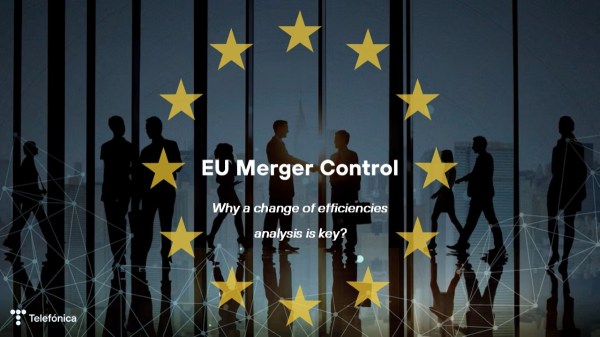A Metaverse Ready Network will be a programmable network.
The Metaverse promises a pervasive and continuous immersive experience in new and existing services. No matter where you are, either indoors or outdoors, you will be able to connect to the services and to the people in the Metaverse. It means that the connectivity between the place people is and the place where the Metaverse runs must be assured at all times and conditions. And this will be the task for the telecommunications networks.
Additionally, it won’t be enough that such connectivity simply carries data packets between the user devices and servers. In most cases, such traffic (of data packets) will require certainty and guarantee in the lapse of time it takes to move from user to Metaverse and vice versa. It will require a deterministic network.
So, would current telecommunications networks make it happen? The answer is yes, 5G and FTTH networks can guarantee certainty. But the bad news is that current Internet most probably don’t. Simply because Internet is a best effort network.
And more important, to get to the internet, users buy a homogeneous Internet Access Service that is regulated in a way that no differentiation between services provided through internet can be made. This is fine for web 2.0, but not enough for the Metaverse.
This is important because the services of the Metaverse not only will differ between them on the quality demanded from telecommunication networks. Such quality will change on the go, depending on a variety of conditions. One can imagine a surveillance service that detecting an emergency need to remotely drive a fire extinguisher vehicle. Or a connection with a surgery room when the distant surgeon takes control of the surgery robot.
Therefore, the telecommunication networks have to configuration themselves to satisfy the changing requirements of the Metaverse.
In summary, for the Metaverse, a single and homogeneous configuration of the access networks like today we have to get to the Internet will not satisfy all (Metaverse) needs. We need Metaverse ready Networks.
What is a programmable network?
It is not an easy task to program a telecommunication network. Not so many years ago, changing the configuration of a whole network took between one to three months. The Metaverse will need to do it hundreds or thousands of times per day. And almost immediately.
Furthermore, such changes will need to be done on demand, a demand that will depend on the type of service. To this end, operators are developing the concept of Network-as-a-Service (NaaS).
But, How a network will know what kind of configuration is needed? Here it comes the concept of network API-fication (API – Application Programming Interfaces) that will provide interfaces with the network to automate such queries. Such APIs will allow developers to use telecommunications networks as any other hardware or software resource.
Who will use this APIs?
It is reasonable to think that the average user won’t be equipped enough to understand how a telecommunication network must behave in respect to a specific service. Even less to know how to configure it for all the services that will run on the Metaverse.
So, such APIs are intended to be used by developers of Metaverse’ services because no one would know better than them what they need from networks in any single moment.
Who will pay for Metaverse Ready Networks?
The business model that has been widely implemented for the Internet Access Service currently applies only to consumers. They pay to get the right to access to Internet either with a flat rate mostly at home or a data bundle for mobile connections (despite it is also moving to flat rates).
It is a long history behind why this has end up that way, but, in short, such business models were easy to understand by consumers because the only magnitude they need to know is how much speed or Gigabytes they need to buy. Different from that, the Internet Access Service is undifferentiated with respect to users and services.
Therefore, if the Internet Access Service need to change to satisfy Metaverse needs, it does not make sense to keep the business model unchanged. We need to find out new formulas and business models that put reasonability on the new requirements of the Metaverse.
Therefore, our recommendation is that legislators and regulators:
- Refrain from automatically expanding traditional regulation to the new technological paradigm required by the Metaverse.
- Pursue a harmonious development of the Metaverse under a Level Playing Field between all participants in the value chain.
- Be cautious before making hasty regulatory decisions that could distort the functioning of the Metaverse.
- Differentiate between the collaboration required for the standardisation of solutions and the competitive processes in different markets.









